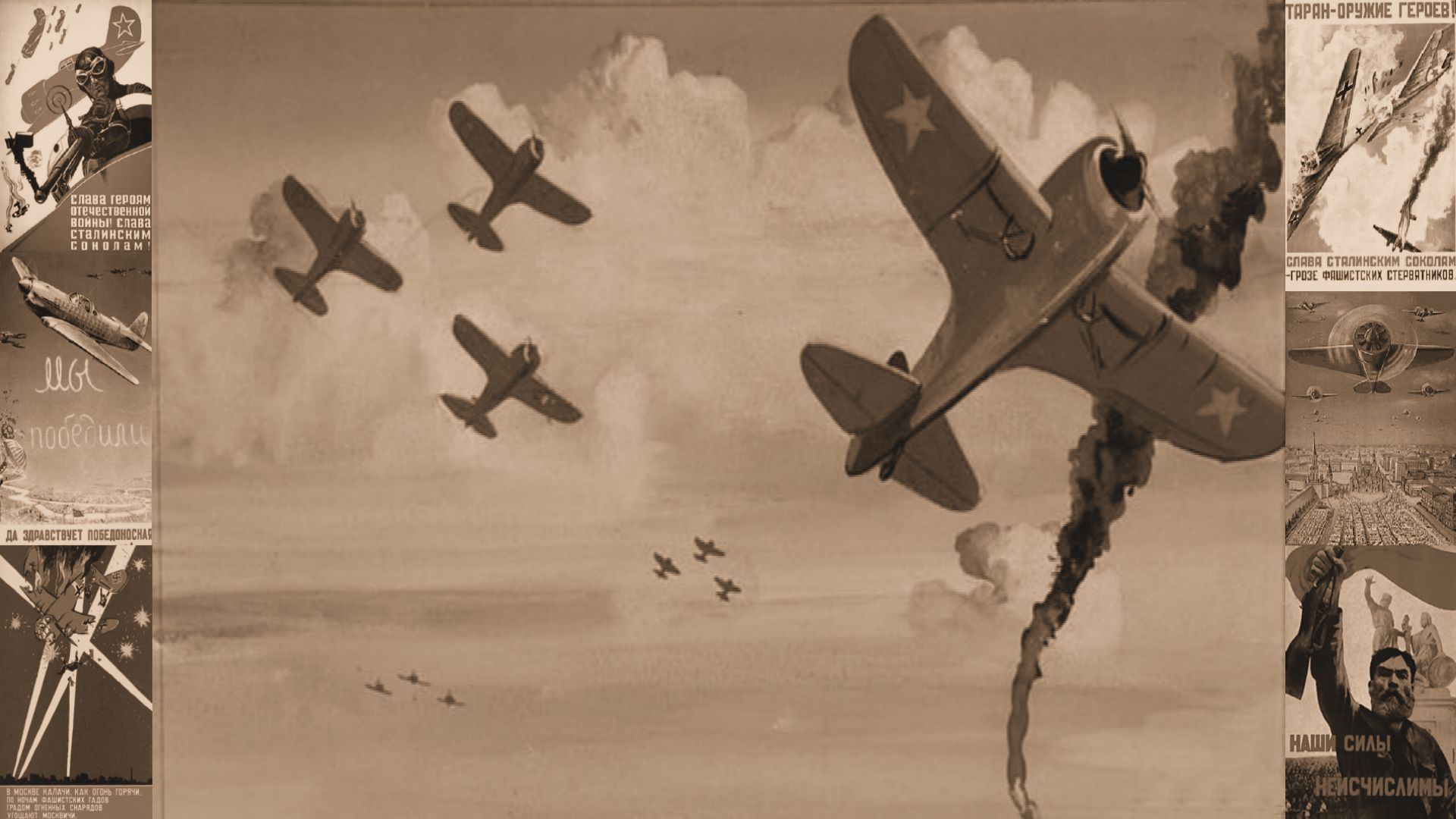Designed by V. G. Yermolayev, previously a member of the design team concerned with the STAL series of aircraft, the DB-240(D alni B ombardirowschtschik = long-range bomber) long-range bomber prototype was flown for the first time in June 1940. A second prototype followed in September, by which time preparations for mass production at Voronezh were in hand, but the German invasion led to evacuation of the factory in July 1941, by which time 128 examples of the DB-240 had been delivered under the designation Yermolayev Yer-2. The Yer-2 was developed from the Bartini Stal-7 prototype airliner before the war and was used to bomb Berlin and Konigsberg from airbases in Estonia after the initial invasion by the Germans in Operation Barbarossa in June 1941.
Back to Top
Development
Roberto Bartini had designed and built the Stal-7 airliner whilst he was the chief designer at the ZOK NII GVF. The performance of the Stal-7 was extremely good, particularly in respect to its payload; at gross overload weight over 56% of the total weight was payload. During flight trials with maximum all-up weight the prototype crashed on take-off in early 1938. The Stal-7 lay unrepaired until Vladimir Yermolaev was appointed as chief designer at OKB-240 after Bartini's arrest, with the task of transforming the Stal-7 design into a long-range bomber, a task made easier since Bartini had reserved space for a bomb bay in the fuselage. Developed into an all-metal mid-wing monoplane of inverted gull-wing configuration and with a twin fin-and-rudder tail unit, the Yer-2 had tail-wheel landing gear, the main units retracting into the nacelles of its two M-105 engines with provisions for a crew of four.
Back to Top
Into Action
One of the first countries to attack Berlin by night, the VVS flew some Yer-2 of 420th Long Rang Bombers Regiment (DBAP), along with five TB-7 or Petlyakov Pe-8s of 432nd DBAP on the night of 11th of August 1941, one of the first Soviet air raids on the German capital. The airfield was too short to accommodate a fully loaded Yer-2, but three bombers did manage to take-off regardless. Two managed to bomb Berlin, or its outskirts, but only one successfully returned, while one was shot down by friendly fire and the other declared missing. On 1 October 1941 sixty-three Yer-2s were in service, but only thirty-four were operational. The 420th DBAP had flown 154 sorties by the beginning of November (6 in August, 81 in September, 67 in October) and had lost thirty of its forty aircraft. Over half of these (nineteen) were due to non-combat losses. Losses were extremely high over the autumn and winter as they were inappropriately committed against German tactical front-line targets during the Battle of Moscow at low altitudes and only twelve were in service on 18 March 1942. On 4 August 1942 the 747th DBAP had only ten Yer-2s on hand and it was briefly committed during the Battle of Stalingrad. The survivors were flown, in ever dwindling numbers, until August 1943 when the last few aircraft were transferred to schools by the 2nd Guards DBAP and the 747th DBAP.
Back to Top
Final Production
Due to the speed of Operation Barbarossa and many industrial cities being taken by the end of 1941, the production workshops of Voronezh had to be evacuated to Omskand though 144 Yer-2's had been delivered to the Soviet Air Force and production was terminated to allow the factory to concentrate on the higher-priority Ilyushin Il-2 ground-attack aircraft. The Yer-2 was placed back into production at the end of 1943 and attempts were made by the installation of more powerful AM-35, AM-37 and M-120 engines to increase the payload, but this brought only limited success. By the end of 1943 a new version equipped with Tscharomski Atsch-30B diesel engines production model were at the front, which finally yielded the desired increase in performance and 300 machines were built. This was the most produced variant and the 1944 version was the last production version of Yer-2. Though only some 400 were built, the Yer-2 remained in service with Long-Range Aviation units until replaced by four-engined bombers like the Tupolev Tu-4 in the late 1940s.
Back to Top


